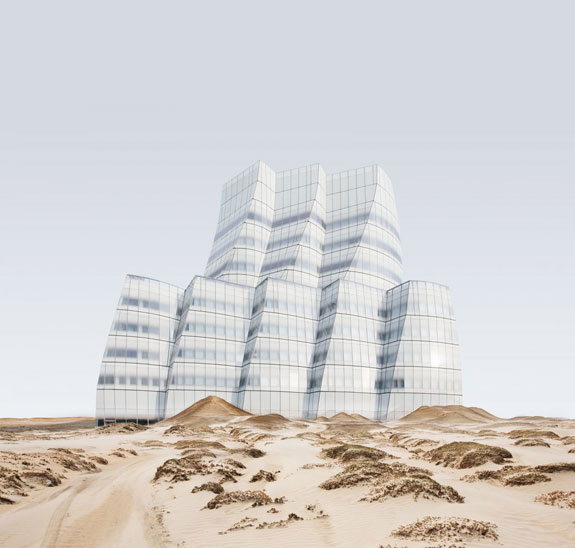Trending
What New York City’s most famous buildings would look like in the middle of nowhere

No building is designed in a vacuum — architects must carefully consider many different factors, like its environment and the buildings and streets that will surround it.
These restrictions fascinate Anton Repponen, a creative director, trained architect, and photographer. In his latest personal project, entitled “Misplaced”, Repponen turned those deciding factors on their head, asking questions like: “What would the Chrysler Building look like in a mountainous landscape?” and “What about the Metropolitan Opera in a Brazilian desert?”
“I wanted to see how those buildings [would] look [when] you take them out from their original locations,” he told Business Insider. “Would they still work? Would it look good, or make no sense? Would they actually be even more beautiful outside their environment?”
Ahead, 10 gorgeous photos of frequented New York City buildings dropped in completely bizarre locations.
The inconsistency in New York City’s architecture is what fascinates Repponen the most. “You have old and new mashed together without much rules,” he said. “That’s what’s interesting to observe, and what makes New York somewhat beautiful, but not ‘classic’ beautiful like Rome, for example.”
The images of both the buildings and the landscapes are all captured by Repponen.

Breuer Building
“When I decided to proceed with this project, I spent a week going through my 10 years’ [worth of photos] to select some of the locations I thought would work,” he said.

The Chrysler Building
“A lot of locations I used in the series are from Hawaii, deserts in Brazil, volcanoes in Costa Rica, some of the landscapes in Peru,” he said. Repponen would rise early, photographing the buildings before the rest of the city woke up. “I had to consider at what time the sun would rise and which side the building is facing whether it is East or West,” he said.

Guggenheim Museum
Repponen would rise early, photographing the buildings before the rest of the city woke up. “I had to consider at what time the sun would rise and which side the building is facing whether it is East or West,” he said.

IAC Building
The retouching process was much more tricky than Repponen originally expected, but his background in creative direction helped him immensely.

Metropolitan Opera
“I know that I can take a photo of something and transform it into something completely different,” he said.

The Standard Hotel
Each image took between six to 18 hours just to retouch. At times, after five hours of retouching, Repponen would realize he needed to re-shoot a building to get new images to work with.

The New Museum
Completing the series between a full-time job and other client demands was difficult, but Repponen remained determined. “Most of my personal projects are around cities, maps, and photography. Those three ‘magic’ words get me going,” he said.

United Nations
The finished product is “Misplaced” — a site that features the images, plus writing by Jon Earle, who wrote fictional stories about how these iconic buildings got to their new locations.
The Whitney Museum





